
Many games now go beyond simply creating an atmosphere; they react to your gameplay and adjust the music accordingly. These dynamic soundtracks change and blend musical elements based on what you’re doing, where you are, or the current situation in the game. For example, music might become more intense during battles and more peaceful when you’re exploring. Here are some excellent examples from different platforms and time periods where the music actively changes based on your actions. We’ll also explain how each system works, so you understand what’s happening behind the scenes.
‘Journey’ (2012)

Thatgamecompany created a dynamic score that changes based on how you play – your speed while sand-surfing and how close you are to other players. Composer Austin Wintory developed music pieces that add or remove instruments depending on your progress, like how long your scarf gets or where you are in the game. The game uses your actions to smoothly blend the music, so soaring glides are matched with powerful music, while quieter areas feature more gentle sounds. Sony helped fund the technology that makes these transitions feel natural and seamless.
‘Red Dead Redemption 2’ (2018)
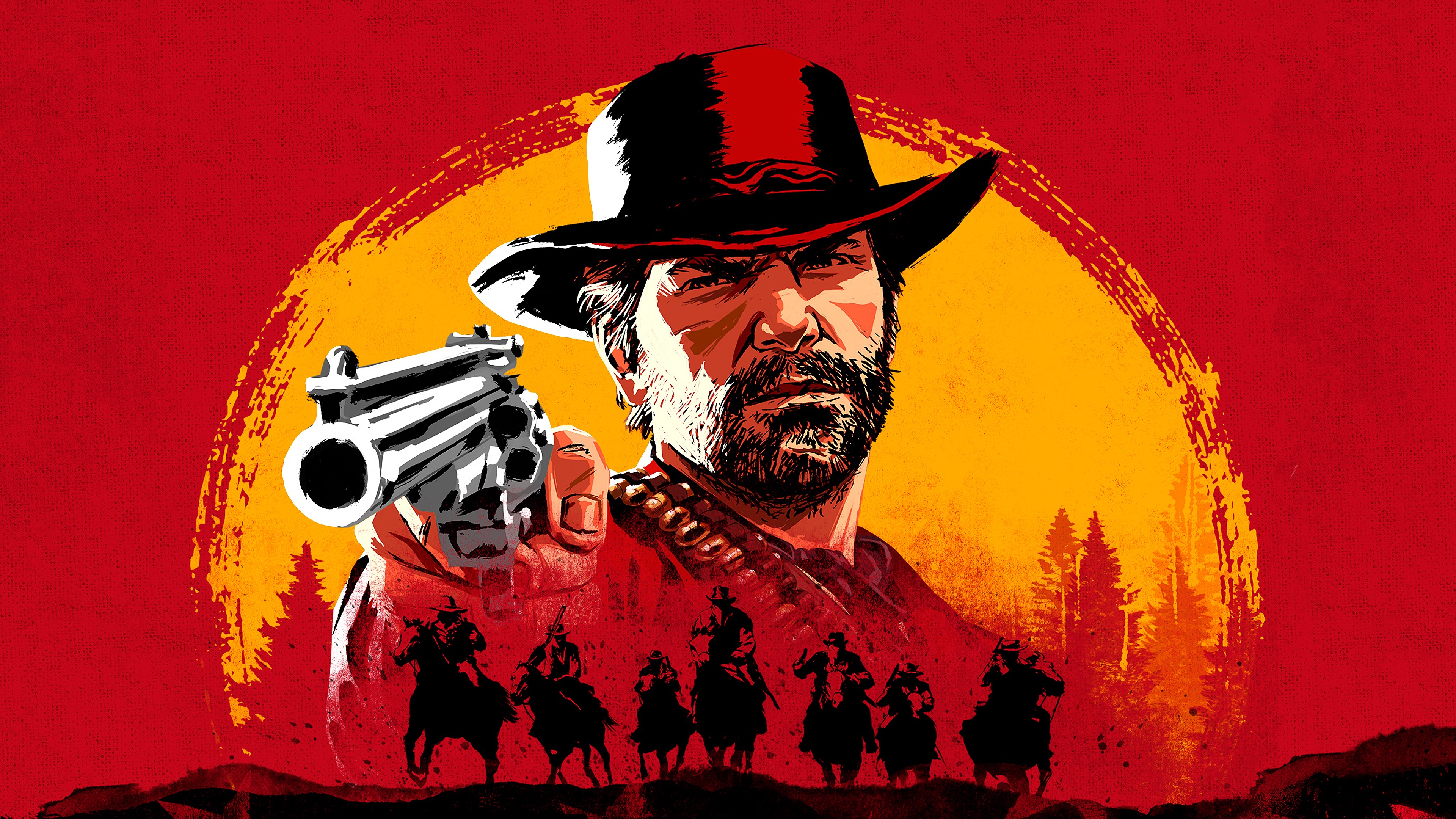
Rockstar Games’ audio system dynamically changes the music based on what’s happening in the game. Whether you’re being chased, exploring a peaceful area, or moving between towns, the music adapts to match the action and environment. It uses pieces of Woody Jackson’s score and blends them together seamlessly to create a more immersive experience, adjusting the intensity and speed without abrupt changes. The system subtly shifts the music’s arrangement and tempo to fit the game’s pace and story.
‘Halo: Combat Evolved’ (2001)

The music in Bungie’s games dynamically changes based on what’s happening. Peaceful exploration features calm music, while encounters with enemies introduce intense percussion and chanting. As more enemies appear in a fight, the music builds with added choirs and drums, then returns to a calmer state once the area is cleared. The system is carefully timed to align with musical bars, creating a seamless experience. Designers used tools from Microsoft Game Studios to assign specific musical moods to different areas, which the game’s AI uses to determine what music to play.
‘DOOM’ (2016)
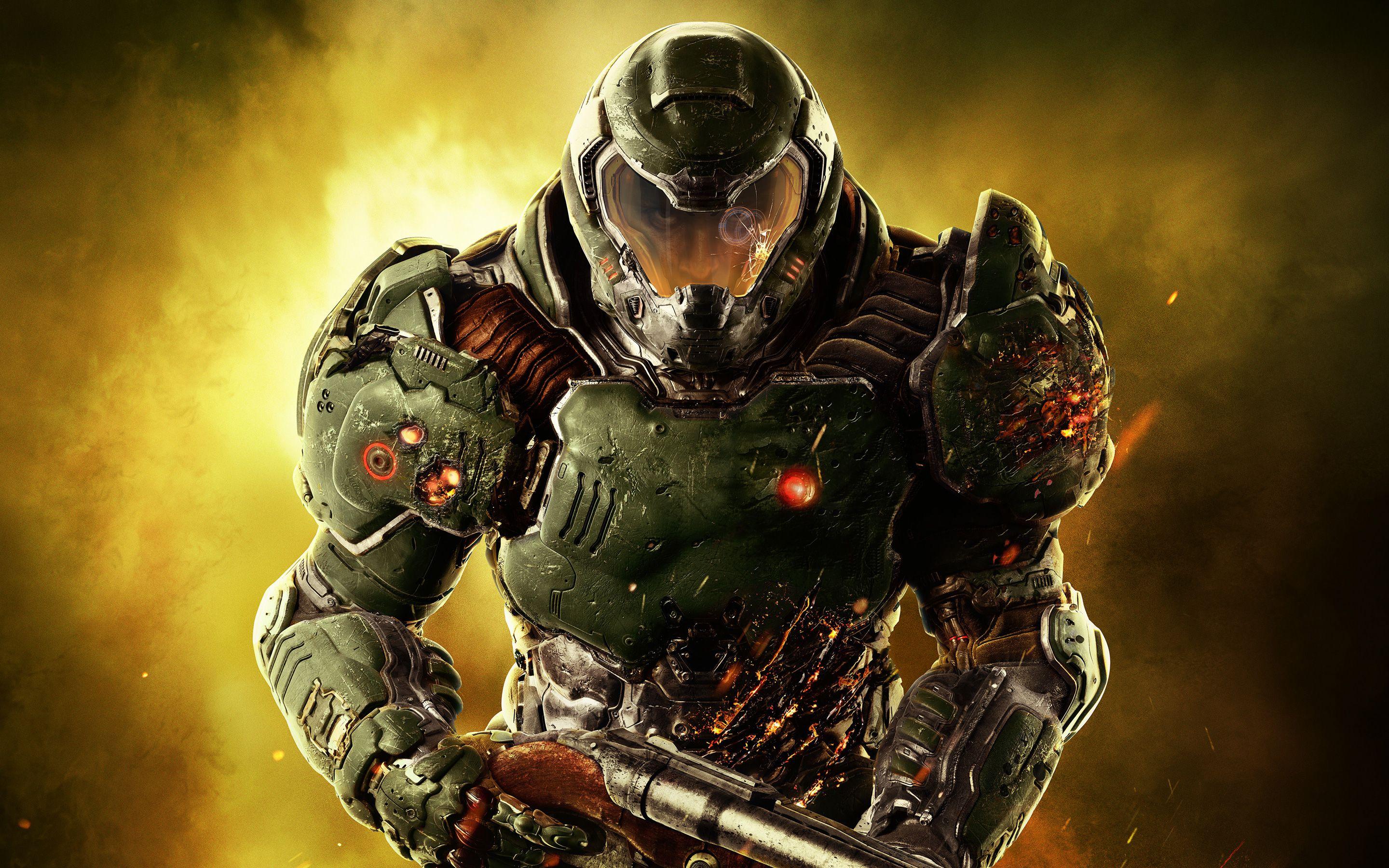
In DOOM Eternal, the music dynamically changes based on how intensely you’re playing. Mick Gordon’s music isn’t just louder during intense combat – it actually thickens with more layers as you perform Glory Kills and deal high damage. The music adapts to the flow of battle, becoming simpler when fewer enemies are around and quieting down completely when the area is clear. The game intelligently tracks how much danger you’re in and how aggressively you’re playing to decide which musical elements to play, creating a truly reactive soundtrack.
‘Hades’ (2020)

Supergiant Games’ music in Hades dynamically changes during gameplay. The music adapts to what’s happening – becoming more intense when facing tough enemies or bosses, and using different instruments depending on the environment. Even when you get power-ups or items, the music flows seamlessly. Outside of battles, in the House of Hades, the music is more relaxed and responds to where you are and who you’re talking to. Supergiant built their own audio system to make sure the transitions between musical pieces are always smooth and perfect.
‘Celeste’ (2018)
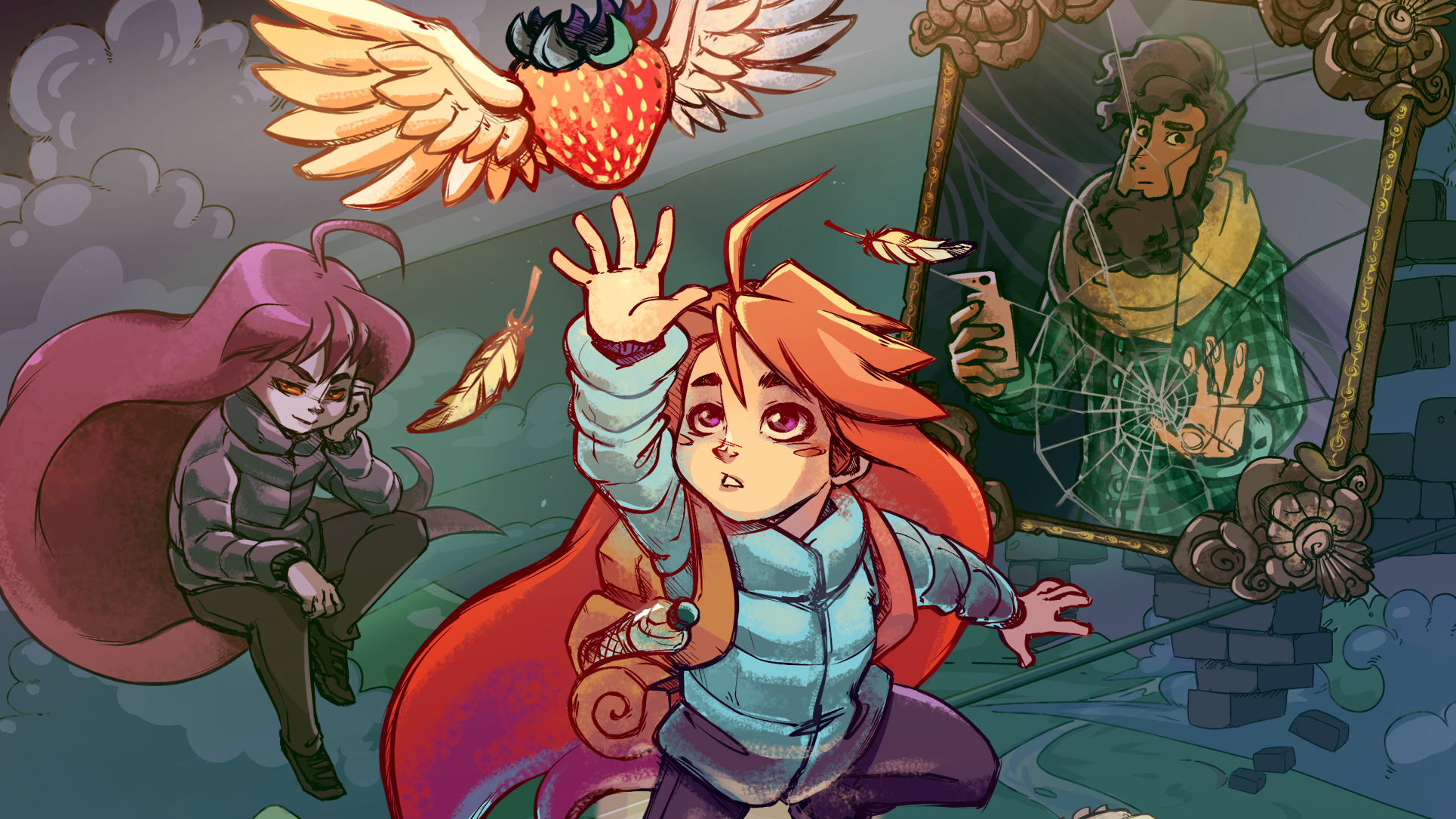
In Matt Makes Games’ titles, composer Lena Raine created a dynamic soundtrack. Each level’s music has layers – atmosphere, rhythm, and melody – that change based on what the player does. Features like Assist Mode and B-Sides offer different versions of the music without needing a complete overhaul of the system. During challenging sections, the music softens at checkpoints and in smaller areas to help players concentrate. The level design itself cleverly uses musical cues, seamlessly switching between different parts of the song at specific moments.
‘The Legend of Zelda: Breath of the Wild’ (2017)

The music in Nintendo’s games dynamically changes based on what’s happening. It uses piano melodies that speed up or slow down with your movement, and react to the weather and nearby enemies. When you fight, the music becomes more intense with driving percussion and synths, then calms down when the battle ends. Each town and stable has its own unique sound that gently shifts throughout the day. Importantly, the game ensures that music never overpowers important environmental sounds like the wind or animal noises, letting you fully experience the world around you.
‘NieR: Automata’ (2017)

PlatinumGames’ music adapts dynamically to the game. Each piece has instrumental, lightly sung, and fully choral versions that change depending on what’s happening and where you are. The composer, Keiichi Okabe, can even switch languages and add more intense percussion when danger increases. When you enter hacking sections, the music transforms into an 8-bit version of the current track, but stays in sync with the game’s pace. The system seamlessly blends different parts of the music to ensure vocals flow naturally.
‘Outer Wilds’ (2019)

In the game, music isn’t just background noise – it actively responds to what’s happening. Mobius Digital cleverly uses the time-loop mechanic and the player’s location to bring in different musical pieces from various parts of the solar system, blending them together. As key moments approach, the music builds and changes. Exploring dangerous areas, like Dark Bramble, adds layers of tense music that react to how quickly you move and how close you are to danger. Importantly, the music is triggered by time and location, not by fighting enemies.
‘Left 4 Dead’ (2008)

Valve’s AI Director doesn’t simply control enemy appearances—it also manages the game’s music. The music builds suspense when powerful enemies appear, intensifies during large waves of enemies, and then calms down during quieter moments. When players find safe areas or useful items, the music shifts to create a sense of relief and indicate changes in the game’s pace. The system even monitors how stressed players are to adjust the music’s volume and intensity, ensuring a balanced and challenging experience.
‘Portal 2’ (2011)
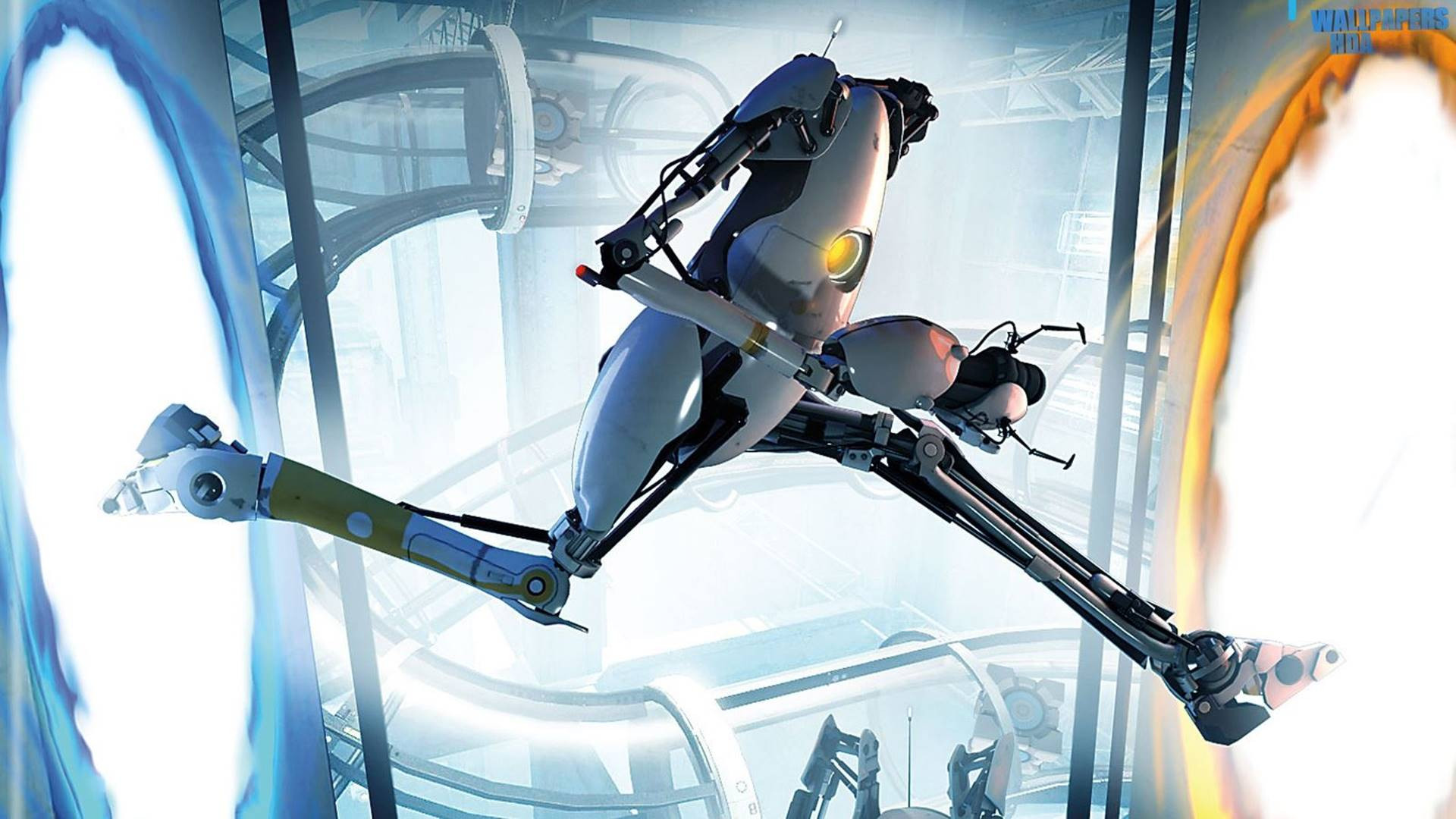
In Portal, the music changes dynamically as you solve puzzles. New musical layers are added when you interact with the environment – like applying gels, flipping switches, or using the propulsion gel. This makes the soundtrack feel like it’s growing along with your progress. When you encounter turrets, the music becomes more intense, but it returns to a simpler sound in the calmer puzzle areas. Everything is carefully timed to keep the music perfectly synchronized with the gameplay.
‘No Man’s Sky’ (2016)
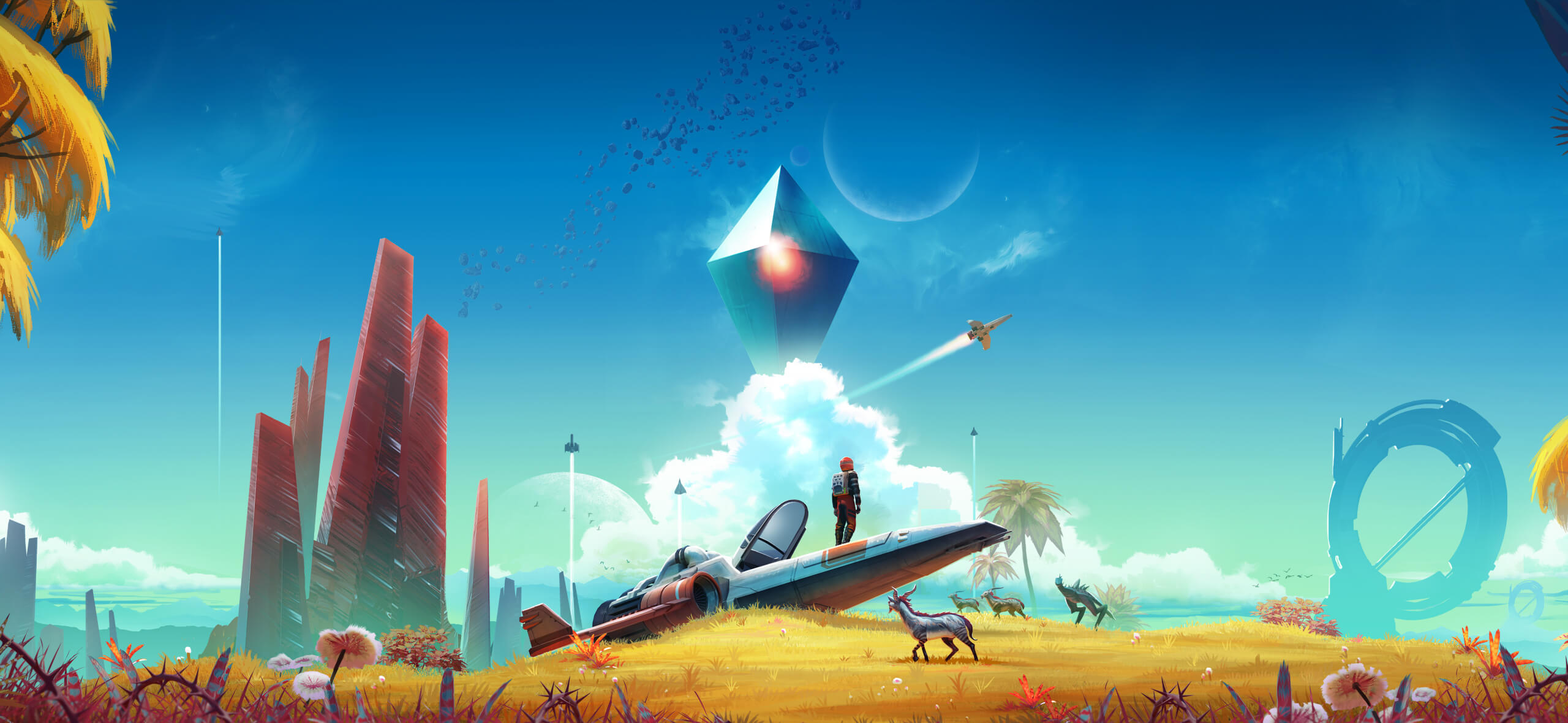
Hello Games collaborated with the band 65daysofstatic to develop music that changes dynamically with the game. The music adapts to what players are doing – whether they’re flying, experiencing different weather, or exploring various planets. The game pieces together musical phrases and textures to match the mood, creating calm melodies for peaceful exploration or intense sounds for battles. When warping or docking at space stations, the music smoothly transitions to fit the new situation, avoiding jarring interruptions. The music’s individual tracks are blended based on the player’s speed and height.
‘Banjo-Kazooie’ (1998)

Rare’s game featured a clever technique—often called “Mickey Mousing”—where the music dynamically changed based on your location. The composer, Grant Kirkhope, created themes that subtly shifted instruments depending on whether you were underwater, indoors, or outdoors, all while keeping the melody consistent. Smooth transitions maintained the music’s pace as you moved between areas, making it feel natural whether you were exploring caves or courtyards. Even the distance to enemies affected the music with quick, responsive sounds before returning to the main area theme. To save memory on the N64 console, the game streamed different musical variations as needed.
‘Shadow of the Colossus’ (2005)
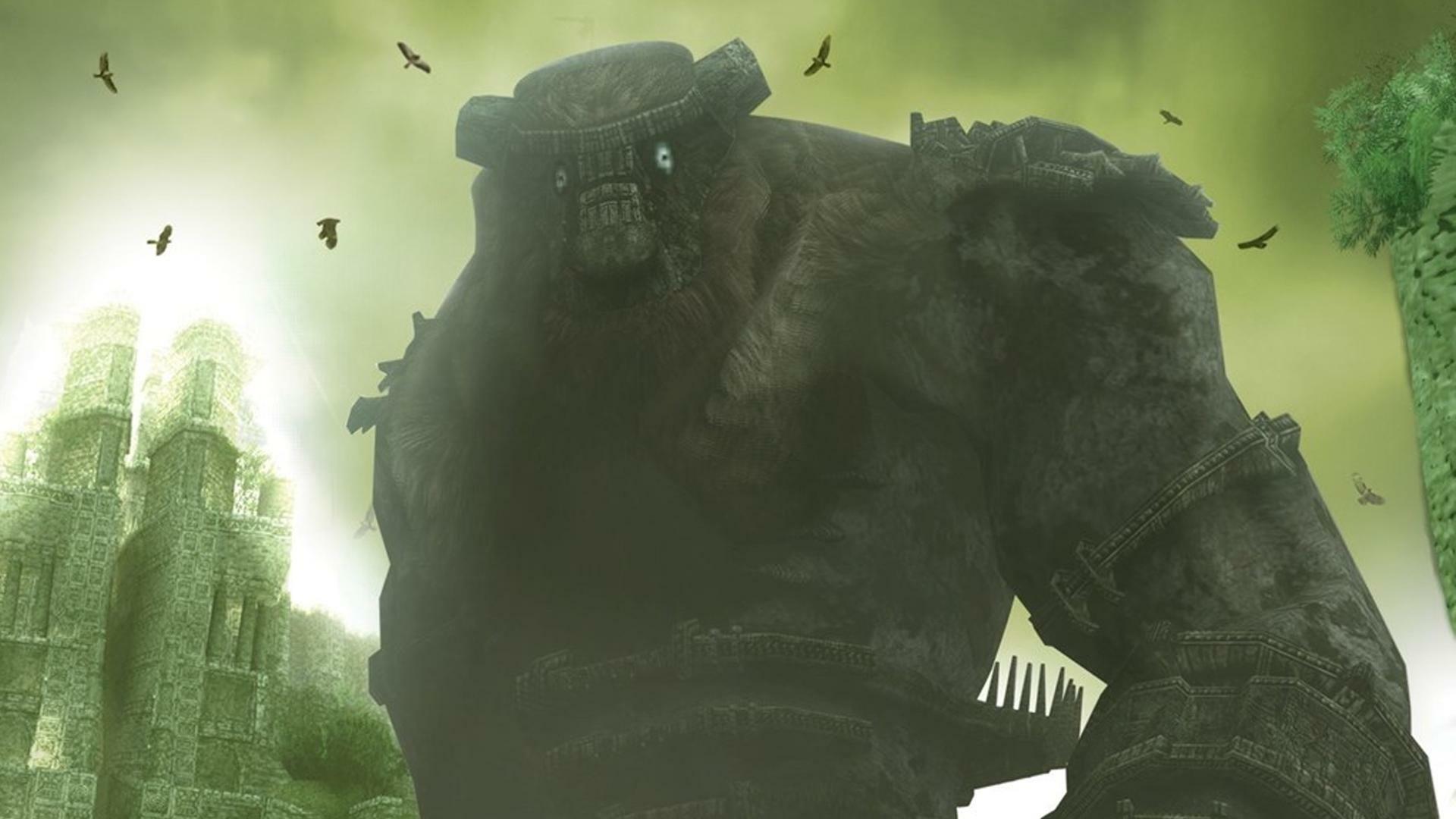
The music in Team Ico’s games dynamically changes based on what’s happening. When you’re climbing, exploring, or facing a boss, the score shifts accordingly. For example, triumphant brass and percussion build as you hold on, while tense strings play when you fall. In quieter moments between battles, the music becomes minimal, highlighting sounds like galloping hooves and wind. These changes are triggered by the boss’s health and your location in the game.
‘Alien: Isolation’ (2014)
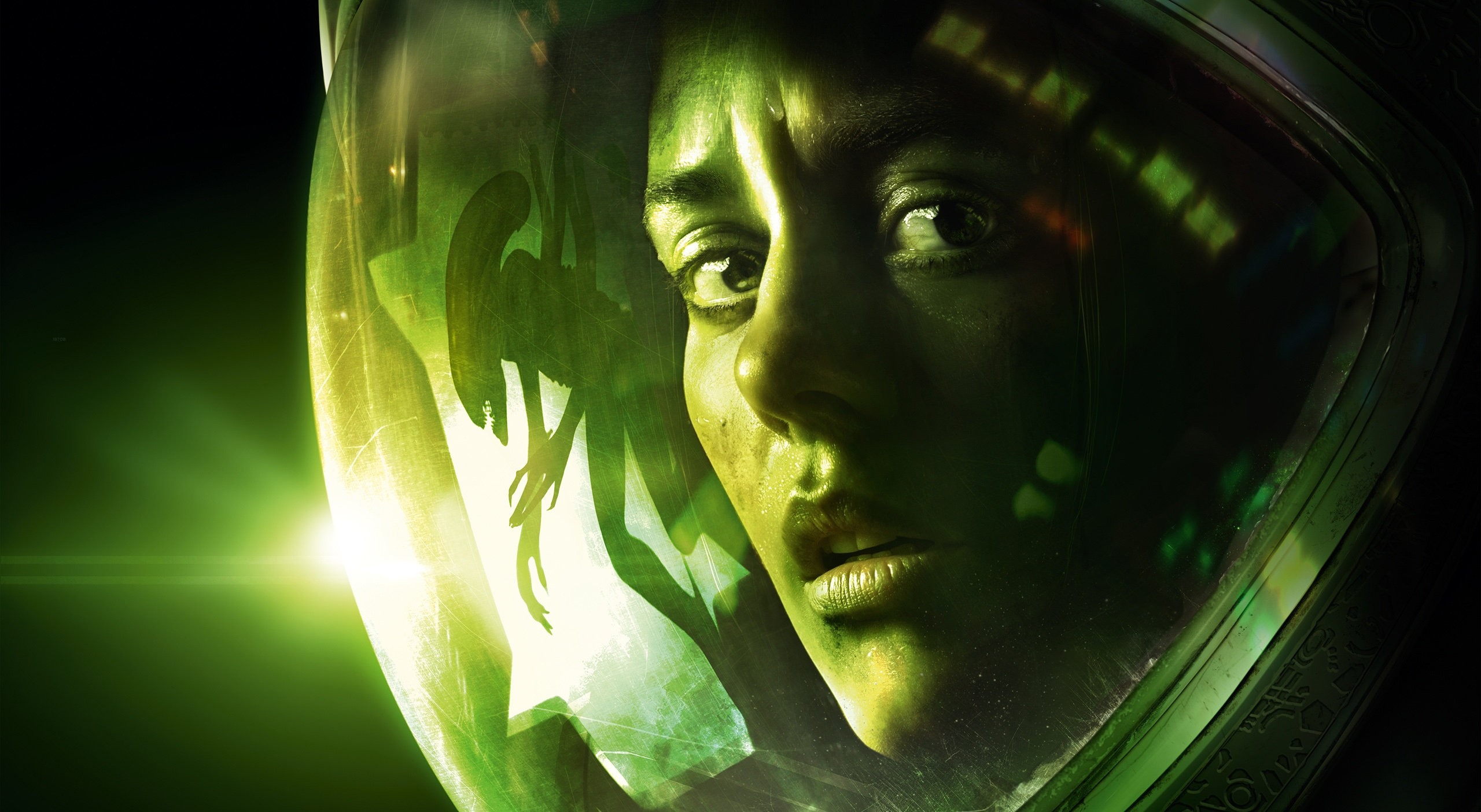
In the game, the music dynamically responds to the Alien’s awareness and your actions. When the Alien is searching, the orchestral music builds, but it softens if you successfully hide or create a distraction. Different types of enemies have their own unique musical cues to help you distinguish them, and the game ensures important sounds like footsteps and beeps always cut through the music, even during intense moments.
‘Tetris Effect’ (2018)

The game’s music and sound effects react directly to your gameplay. As you create combos and enter Zone mode, the layers of sound build and intensify. Successfully clearing lines quickly unlocks vocal tracks and prominent melodies, while quieter music plays during calmer moments. The stage music also changes and evolves to match the increasing difficulty. To keep the rhythm smooth, all sound effects are perfectly timed, no matter how fast or slow the game is.
‘God of War’ (2018)
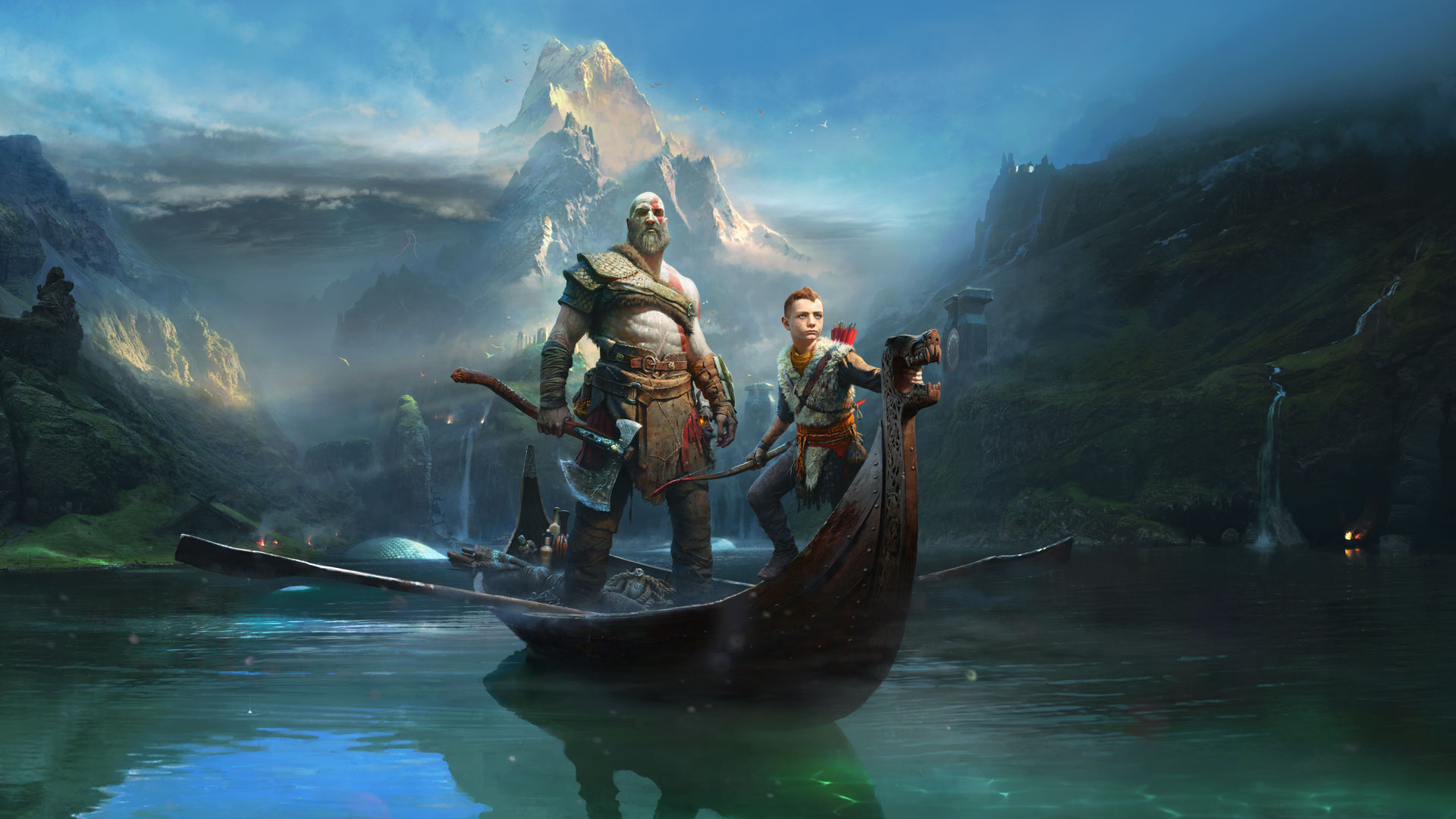
The audio in Santa Monica Studio’s game dynamically changes based on what’s happening. When you’re exploring, it uses subtle, atmospheric sounds. During combat, the music becomes more intense, building with each enemy and reacting to how much damage they take. When you use special abilities, the music layers become richer and more powerful, then calm down when the fighting stops. Even during boss battles, the music evolves without ever cutting out completely. The sound design also adjusts to different environments, like becoming more subdued and emphasizing natural sounds when you’re traveling by boat.
‘Sea of Thieves’ (2018)

The game features a dynamic musical score that changes based on what players are doing. It blends seamlessly with the sounds of the game world, using instruments that feel like they’re being played by the crew. When you encounter threats like skeleton ships or the Kraken, the music becomes more intense. Approaching safe areas like outposts makes it calmer. Players can even trigger sea shanties that subtly adjust to fit the surrounding environment. The music responds to both what’s happening in the game and how close players are to danger, making everything feel connected and immersive.
‘The Witcher 3: Wild Hunt’ (2015)
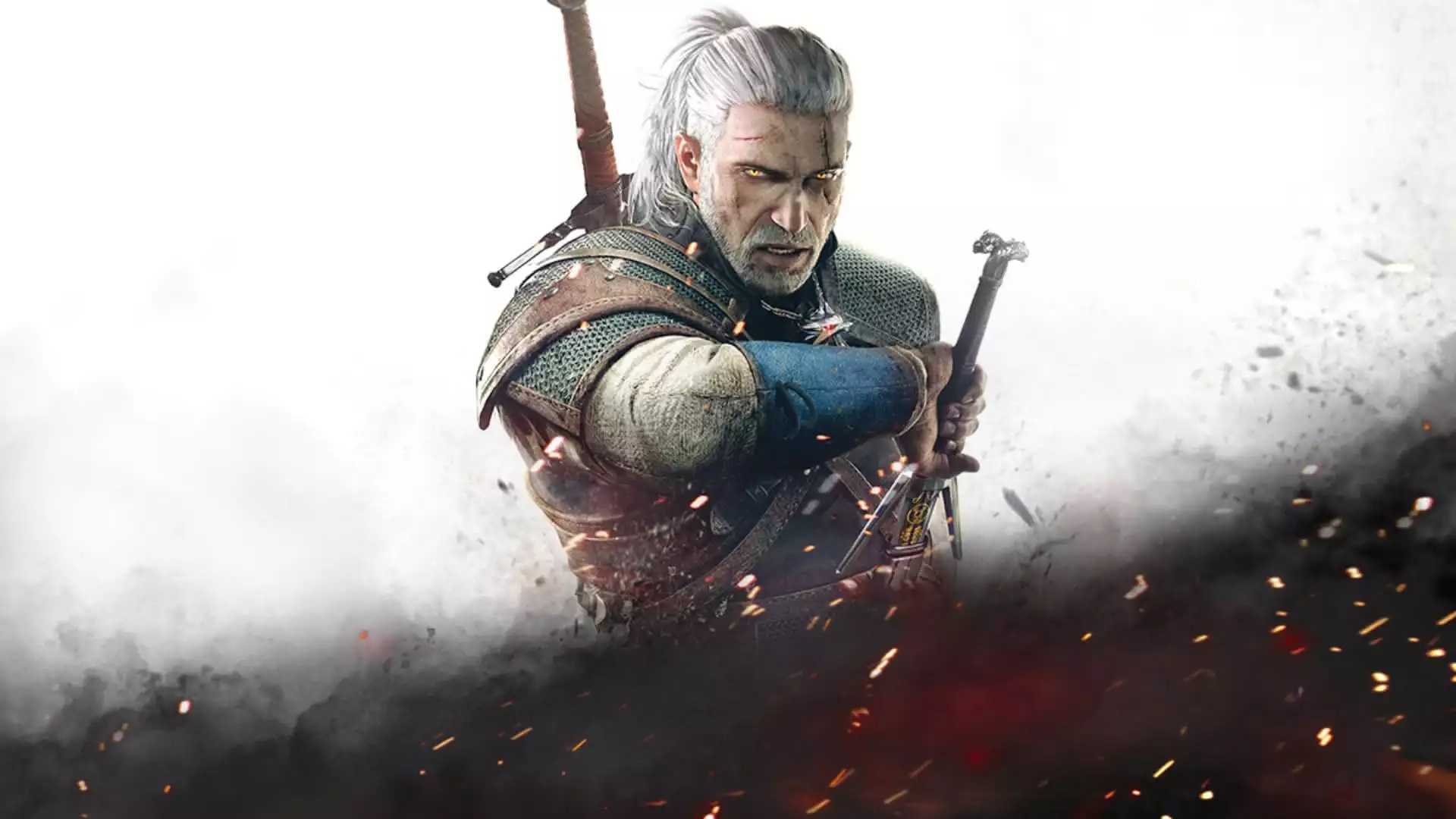
CD Projekt Red dynamically adjusts the music in their games based on what’s happening. Combat, exploration, and even the specific area you’re in influence the soundtrack, smoothly transitioning as enemies notice you or you move around the map. During fights, the music becomes more intense with added layers, then calms down to ambient sounds when you’re not battling. The game also uses unique musical cues to build tension during quests without disrupting the overall flow, and carefully times changes to avoid abrupt shifts in sound.
‘Grand Theft Auto V’ (2013)
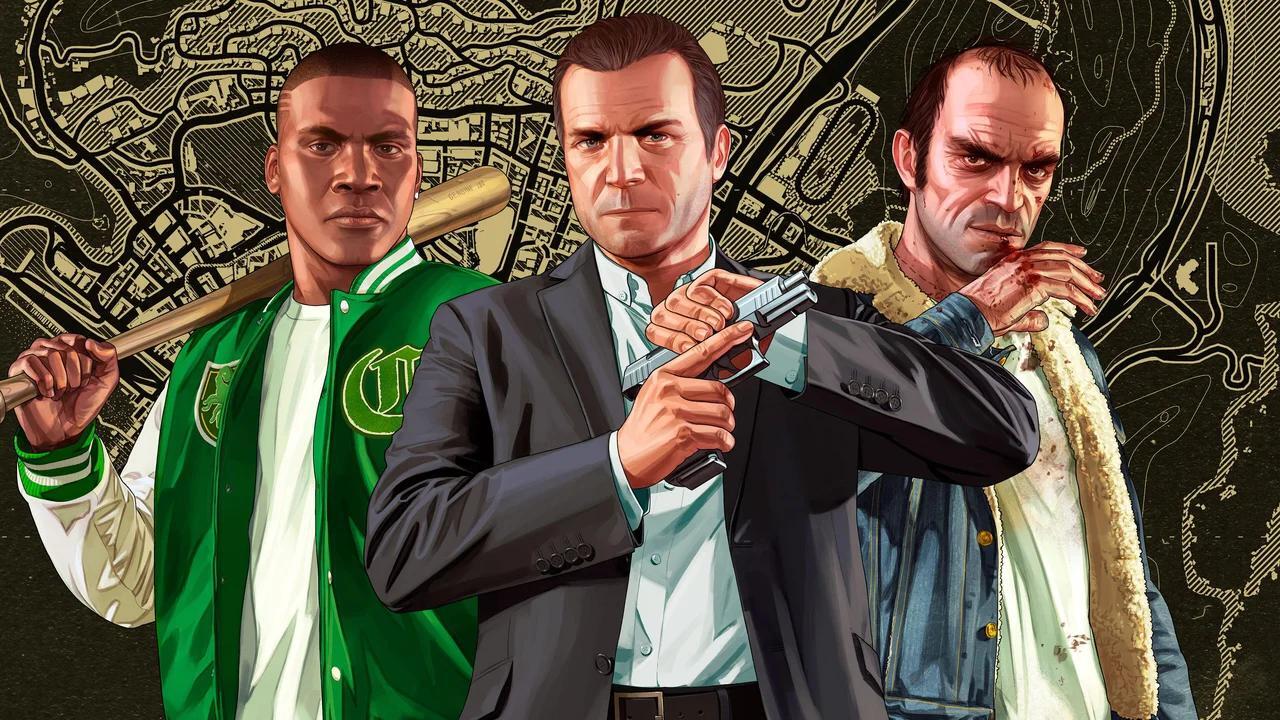
Rockstar North has created a responsive music system for the game that changes with the action. It adapts to everything from high-speed chases and daring heists to quiet stealth missions. The system combines musical elements from various composers, choosing different layers to fit the intensity and speed of gameplay. How wanted you are and what vehicle you’re driving also affect the music’s sound. When you’re just exploring, the game will briefly add music for random events, then return to the regular radio or ambient soundtrack.
‘Monster Hunter: World’ (2018)
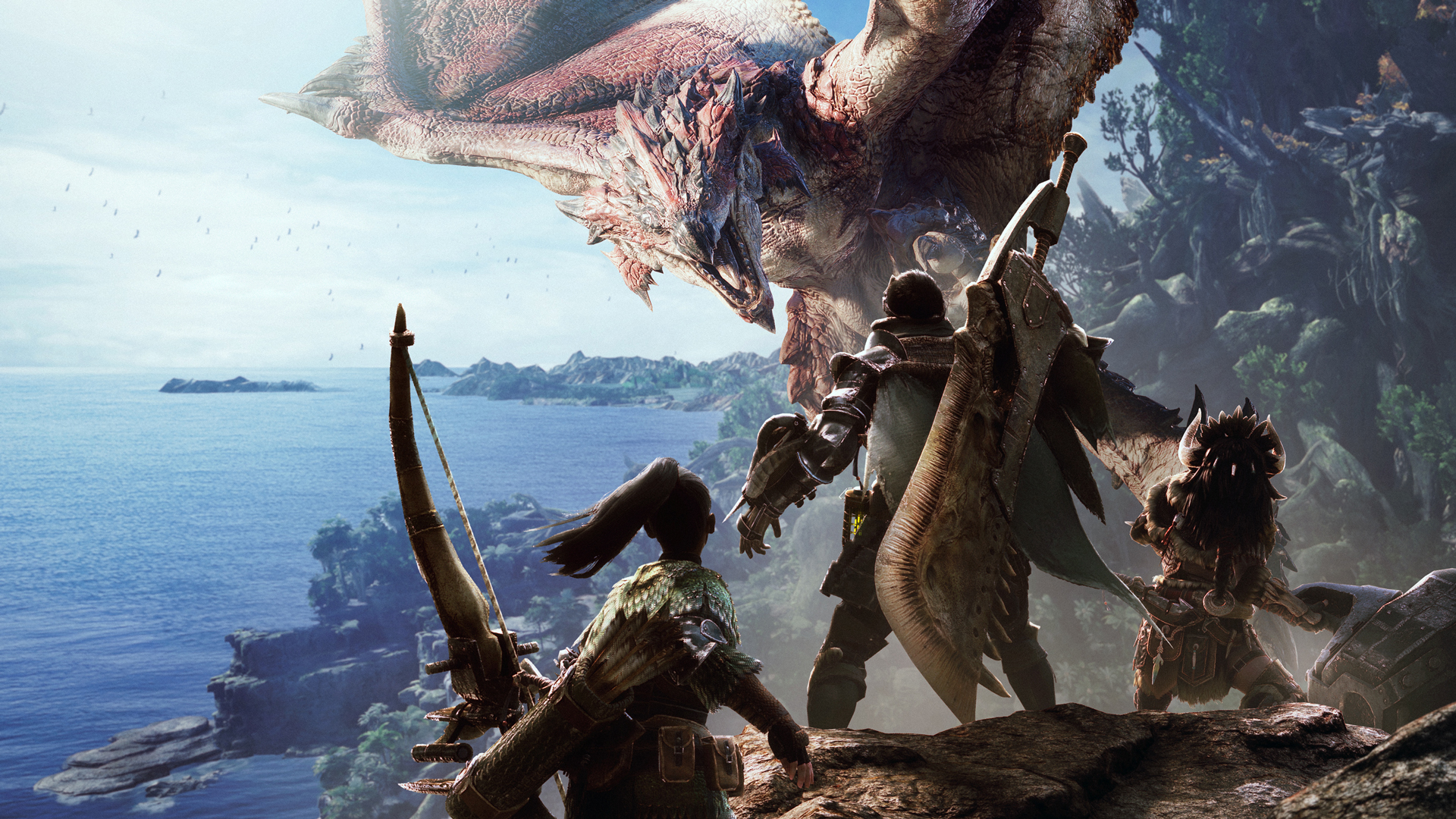
In Capcom games, the music dynamically changes based on what the monsters are doing. Different layers of music play depending on whether a monster is tracking players, becoming enraged, or retreating. When players move to a new area or are mounting a monster, unique musical themes start and finish when those actions end. During multiplayer hunts, the music’s intensity changes based on how active the team is and what the monster is focusing on. The audio team carefully links the music to the monster’s behavior, ensuring that sound cues match the monster’s actions and vulnerable moments.
‘Dead Space’ (2008)
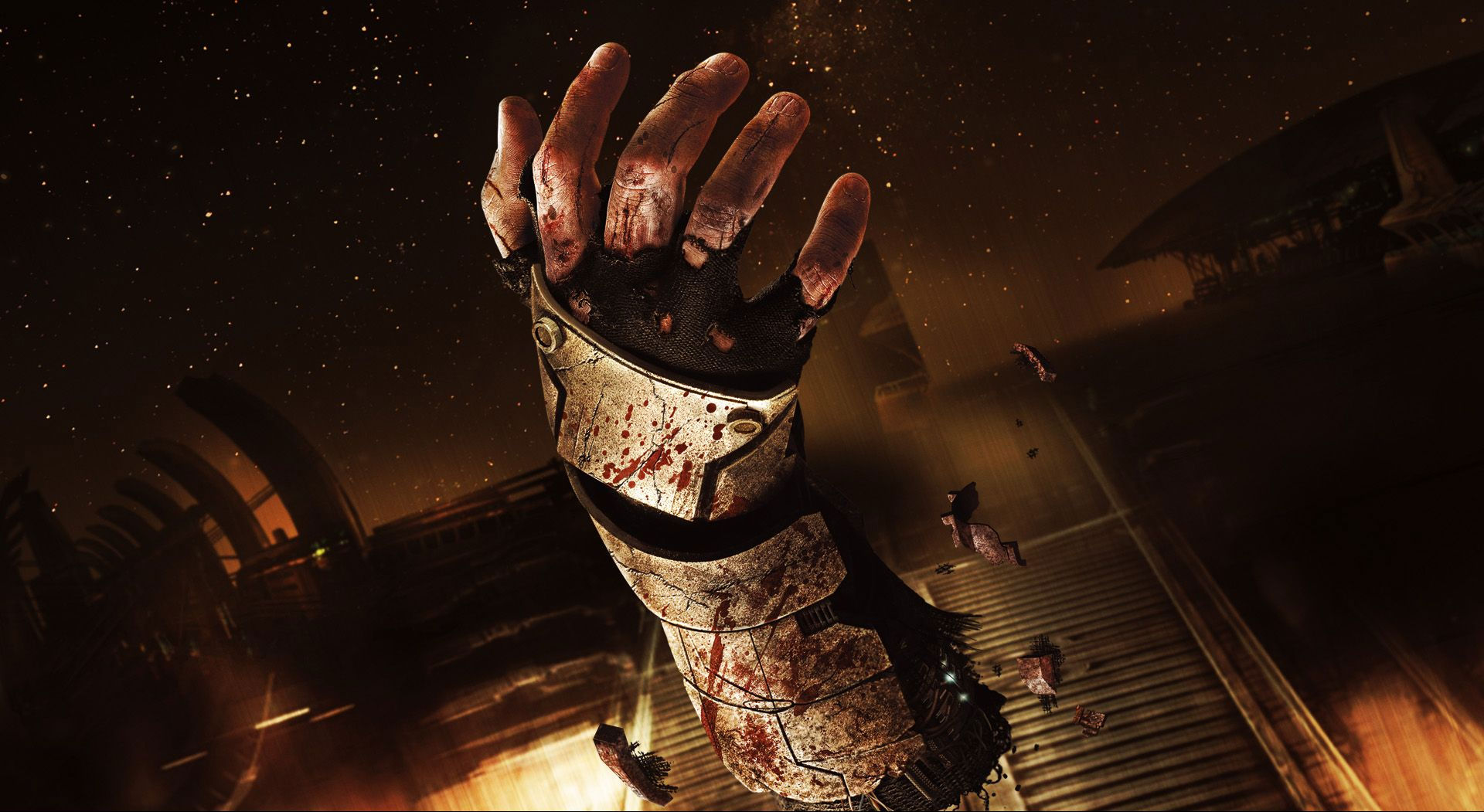
The developers at EA Redwood Shores created a dynamic horror experience in their game, focusing on reactive scares instead of pre-planned ones. Battles become more intense and unsettling as enemies are defeated, while quiet areas build tension that increases when danger approaches. The game emphasizes realistic ship sounds and strategically lowers music volume to highlight important audio cues.
‘Ape Out’ (2019)

Gabe Cuzzillo’s game features a realistic jazz drum kit that responds to how you play. Pushing forward or crashing into things creates cymbal sounds and drum fills that stay in time with the music, making intense rhythms during chases. When you slow down or move stealthily, the drumming becomes quieter and simpler, just keeping the beat. The game adjusts the drumming based on how many enemies are nearby and how fast you’re moving.
‘Red Dead Redemption’ (2010)
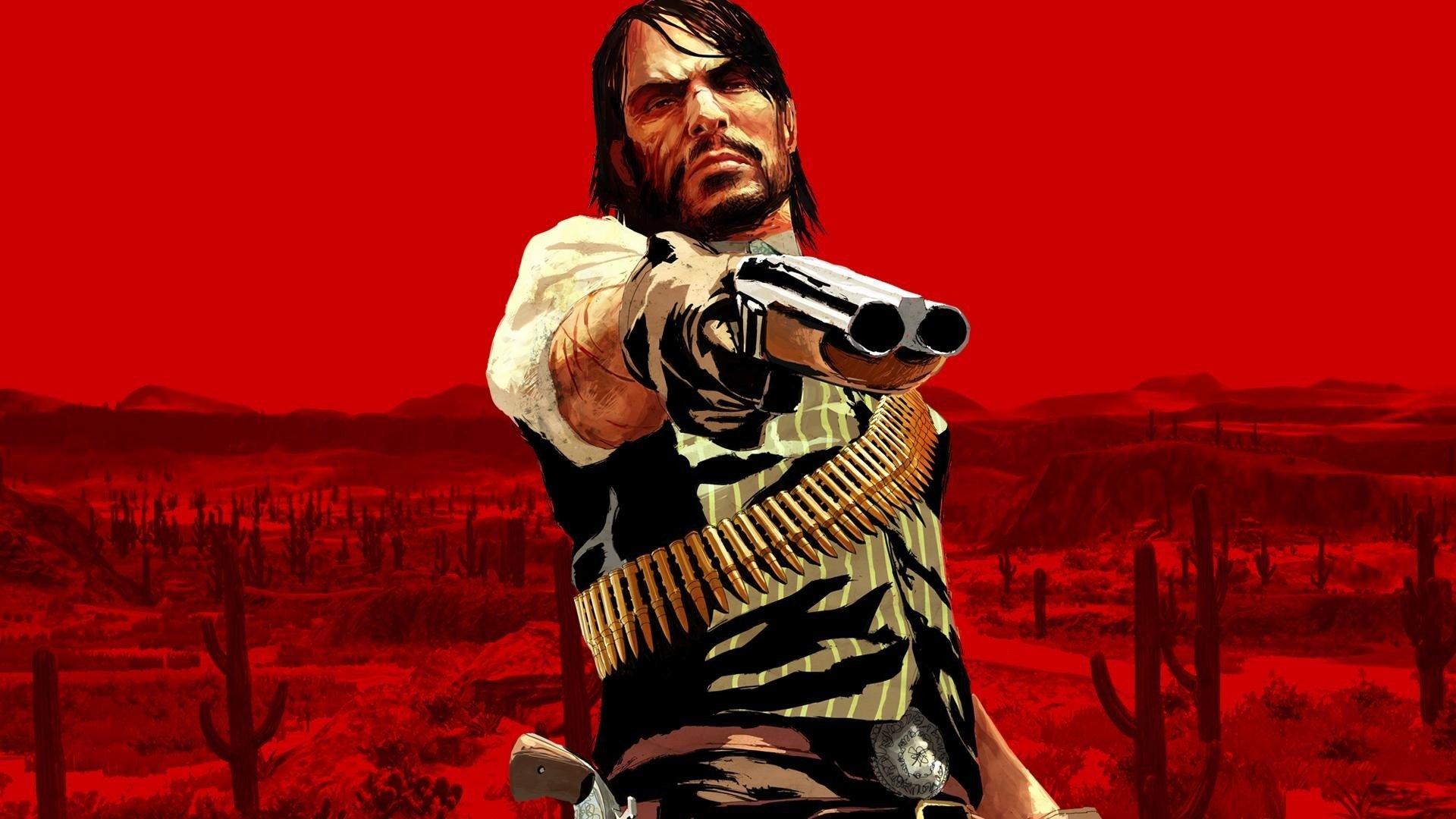
The team at Rockstar San Diego created an early version of a dynamic music system. This system used different musical elements for environments like deserts and towns, and for action sequences, changing based on what was happening in the game. Intense situations brought in dramatic music, while calmer moments featured more relaxed tunes. When the player crossed the border into Mexico, the music seamlessly transitioned to reflect the new location without any interruption. The system intelligently mixed the music by analyzing the player’s location and the behavior of characters and enemies.
‘Super Mario World’ (1990)

In Nintendo’s Super Mario World, the music dynamically changed to match what was happening on screen. Riding Yoshi, for example, added bongo drums to the background music. When Mario went underwater or entered a ghost house, the melody stayed the same, but the instruments changed to fit the spooky or aquatic setting. During timed sections or when Mario gained a power-up, the music would speed up or switch to a different track, then return to normal once the challenge was over. The game cleverly managed all these variations to save space on the Super Nintendo’s limited memory.
‘The Legend of Zelda: Tears of the Kingdom’ (2023)

Nintendo’s sound design dynamically changes based on what you’re doing and where you are. The music shifts depending on how you’re moving—whether you’re driving, exploring caves, or in different environments—and also reacts to nearby enemies. Boss battles have unique musical phases, which fade into calmer piano music when you’re not actively fighting. The system also makes sure that any machines or contraptions you encounter have realistic and noticeable sounds based on how they move.
If we left out your favorite dramatic musical moment, let us know in the comments! Tell us where the music really made an impact for you.
Read More
- Gold Rate Forecast
- Broadcom’s Quiet Challenge to Nvidia’s AI Empire
- Goddess of Wealth Just Turned into Goddess of Oops 😬 #CryptoCrime
- HYPE: To $50 or Not To $50? 🤔
- Bitcoin’s Wild Ride: Whales, Whimps, and $2K Checks 🤑
- XRP Soars as Government Shutdown Ends & ETFs Race to Launch!
- KPop Demon Hunters Had a Kiss Scene? Makers Reveal Truth Behind Rumi and Jinu’s Love Story
- Mandel’s AI Pivot: From Microsoft to Amazon
- Iconic Performances That Turned Actresses Into Legends
- Ledger’s Plot Twist: IPO Dreams Amid Crypto Chaos 💸👀
2025-11-16 02:22